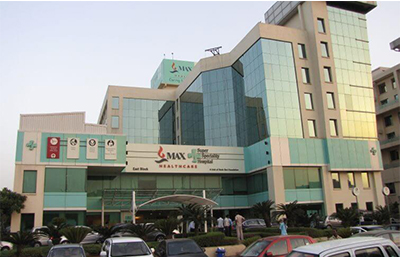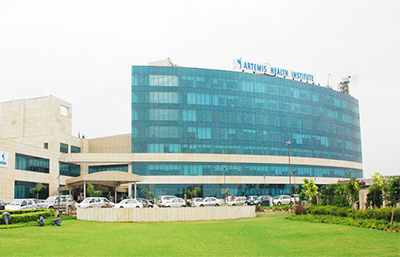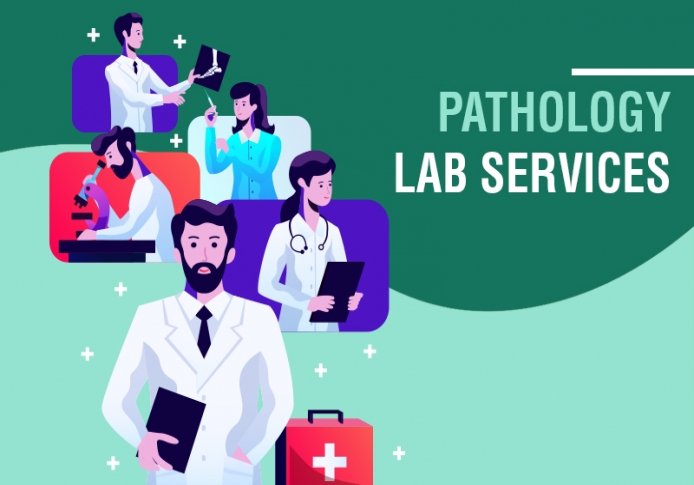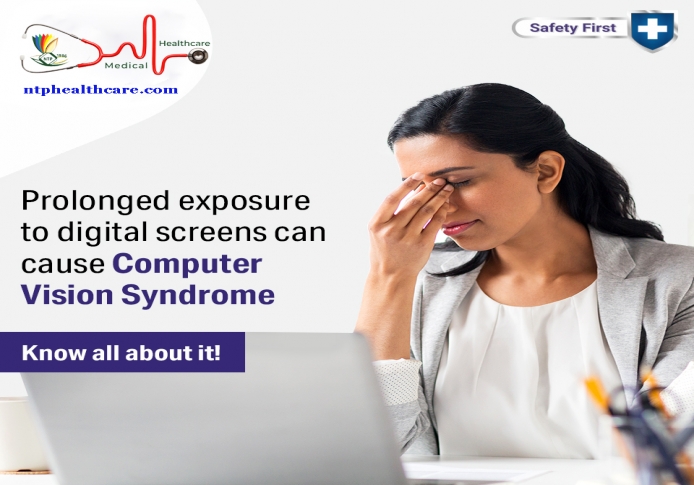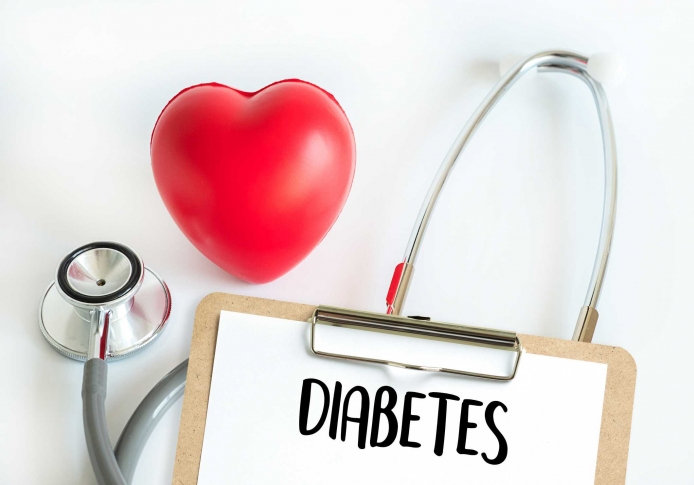Bounce Back To Life With Post-COVID Rehabilitation
The year 2020, the entire world has witnessed the catastrophe of the COVID-19 pandemic. Currently, several countries around the world are in different stages of novel coronavirus infection, with many nations stepping into the post-COVID phase. As per WHO (World Health Organization), about 10% to 15% of COVID cases happen to develop the ailment, and, about 5% of patients happen to fall critically ill. Usually, it takes two to six weeks for most of the coronavirus infected individuals to recover from the infection. However, for some patients, certain discomforting symptoms may last for weeks or even months. The long-term effects known as ‘Long COVID’ can be observed in hospitalized COVID patients as well as patients who have had mild, acute symptoms of the viral infection.
Some individuals might even be at risk of long-term impairment. Even though the extent of impairment in the post-COVID phase is not yet known clearly, early research has made it clear that the infected patients will require rehabilitation in various phases of the ailment, namely, acute, post-acute, and long-term. So, let’s have a look at what exactly manifestations of Long COVID are and rehabilitation after COVID is, and how post-COVID physiotherapy can be effective in rehabilitating the patient.
What is Post COVID Rehabilitation?
A set of interventions that are particularly developed to minimize the disability and restore the normal functioning in the patient is called rehabilitation. When the patient recovers from the novel coronavirus infection and experiences residual symptoms, rehabilitation can be a key strategy to minimize the impact of COVID-19 on the body functions and health of the individual. And, it is important to note that physiotherapy plays a crucial role in the rehabilitation efforts in all stages to facilitate early discharge, support the patient, and improve his physical and psychological abilities. Also, it reduces the risk of readmission.
Manifestations of Long COVID:
Here are some residual effects that the patient may experience after the coronavirus infection subsides.
1. Long Covid Effects on Respiratory system:
• Lung fibrosis: The condition which makes the patient’s lungs turn scarred, and the patient may suffer from shortness of breath, weight loss, and fatigue.
• Pulmonary artery hypertension: It results in high blood pressure in the patient’s lungs resulting due to obstruction in the lungs’ small arteries. It may cause chest pressure, dizziness, and shortness of breath.
• Pulmonary embolism: When there is a blockage in one of the pulmonary arteries of your lungs, usually due to blood clots that traverse to the lungs from deep veins in the legs, you may suffer from a pulmonary embolism. It may cause cough, chest pain, and shortness of breath.
2. Long Covid Effects on Cardiovascular system:
• Palpitation: It makes you suffer from a discomforting pounding sensation in the chest.
• Myocarditis: When you suffer from an inflammation of the heart muscle that reduces the ability of your heart to pump, thereby resulting in abnormal heart rhythms, you are said to suffer from myocarditis.
• Cardiomyopathy: It’s the ailment of the heart muscle which makes it hard for your heart to pump blood to the rest of the parts of your body. Swollen feet and legs, breathlessness, and a bloated stomach are some of the common symptoms.
• Cardiac failure: When your heart muscle fails to pump blood as it should normally, it is called cardiac or congestive heart failure.
3. Long Covid Effects on the Nervous system:
• Anosmia: Loss of ability to sense one or more smells
• Short-term memory loss
• Reduced attention span
• Poor quality of sleep
• Cognitive impairment
• Cognitive blunting
• Stroke syndromes: A set of symptoms that enable you to identify which area of the brain is injured due to a stroke.
• More severe and rare neurological complications include brain inflammation, delirium, strokes, and nerve damage.
4. Residual Effects of COVID on Mental health:
• Anxiety
• Depression
• Irritability
• Reduced consciousness (at times even seizures)
• Post-traumatic stress disorder: It is a psychological health condition that results in nightmares, severe anxiety, and flashbacks.
• Sleep disturbance
5. Residual Effects of COVID on Musculoskeletal and others
• Chronic fatigue syndrome
• Polyarthritis
• Myalgia
• Excessive fatigability
Other residual effects of COVID include a prolonged loss of smell and taste, and more serious issues, such as new-onset diabetes and mini-strokes, may occur.
Post-COVID Care in different age-groups and different health conditions:
1. Post-COVID syndrome care for heart patients: As the infection subsides, the heart patients need to take great care of themselves. All patients suffering from myocarditis and pericarditis should avoid intense cardiovascular exercise for 3 months. The patients with coronary artery, myocarditis, or systolic dysfunction may undergo an MRI scan to analyses ventricular function.
2. Long-COVID care for the patients with nervous system affections: COVID recovering patients who have suffered from demyelination, seizures, ischemic stroke, and encephalitis should consult a neurologist.
3. Post-COVID syndrome care for elders: Elderly individuals who have survived novel coronavirus infection are at a high risk of developing depression, sarcopenia, delirium, and malnutrition. They may also experience chronic. So, they need good personalized support with input from a multi-professional healthcare team.
4. Post-Covid syndrome care in children: One of the common post-Covid presentations in kids is Multisystem Inflammatory Syndrome. The child may experience symptoms, such as gastrointestinal health issues like vomiting, diarrhoea, and abdominal pain, neurocognitive symptoms, conjunctivitis, cardiogenic shock, swollen hands, polymorphous rash, cervical lymphadenopathy, etc.
5. Multisystem Inflammatory Syndrome in adults: Even though most adults may recover from the infection, some may suffer from extrapulmonary organ dysfunction and hyperinflammatory syndrome. The discomforting respiratory condition may turn into respiratory failure. So, good rest is essential after recovery from COVID.
How Physiotherapy is Crucial in Post-COVID Rehabilitation?
1. Improve exercise tolerance with a clinically important amount in post-acute Covid infection.
2. Reduce number of hospital re-admissions
3. Enhanced health-related quality of life – Help return to your full potential physically and help you return to work and daily activities by managing fatigue and muscle pain.
4. Improved respiratory muscle function and relieve dyspnea/breathlessness
5. Enhance skeletal muscle function of upper and lower limbs.
6. Teach appropriate techniques to manage fatigue and be functional and independent while performing daily activities.
7. Especially for older patients with diabetes, hypertension, recovering from pneumonia etc. physiotherapy serves as a solution to improve – lung function, recondition, improve endurance, balance and participate in their social environment.
Exercises for Early Mobilization
Early mobilization movements and exercises in Post-COVID rehabilitation may include:
• Bed mobility
• Simple bed exercises
• Frequent posture changes
• Sit to stand movements
• ADLs – Active Daily Living exercises
a. Under the guidance of expert physiotherapists, the patients may perform active limb exercises and progress to practice progressive muscle strengthening exercises for six weeks.
b. Simple exercises, such as walking, cycling, and arm ergometry, can help the patient achieve aerobic reconditioning.
c. Over time, you can increase the duration of your progressive aerobic exercises to 20 to 30 minutes.
Respiratory Physiotherapy in post-COVID rehab
In patients who undergo sputum inducing procedures during post-COVID rehab need airborne precautionary measures. They may find respiratory physiotherapy from experienced physiotherapists beneficial. Also, activities, such as progressing from lying to sitting position, bedside ADLs, walking, prone positioning, and walking, with the assistance of physiotherapists can help the patient immensely.
Precautions that Physiotherapists may Employ during post-COVID rehab
Here are some safety measures and care tips that you should follow when performing physio exercises during rehabilitation.
1. Before beginning with your exercise session and in the breaks, use a pulse oximeter to monitor your oxygen levels and heart rate.
2. Make sure that you begin to perform various physio exercises only if you are stable clinically.
3. If you happen to experience pain in the chest, dizziness, exhaustion, or palpitation, stop exercising immediately.
Lifestyle and Diet Tips Mental Health & Diet:
In addition to physiotherapy, you should also take good care of your lifestyle and diet.
a. Have a continuous sleep at night for 7 hours
b. Avoid having alcohol as it reduces your sleep.
c. Follow a healthy and balanced diet.
d. Perform appropriate exercises regularly with the doctor’s consultation
e. Do not go for caffeine at noon, as it remains in your body for several hours and adversely affect your sleep.
f. Engage in positive communication with your friends and family when in isolation.
Stay safe and get well soon.


